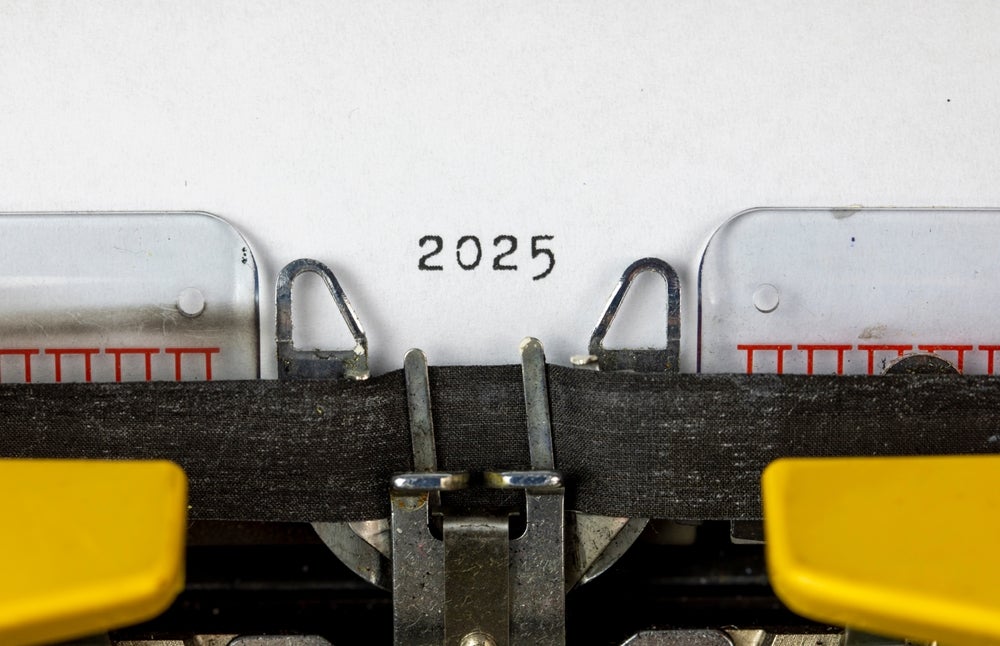I went to my local supermarket for cereal and milk and found 128 kinds of cereal. Shopping for khakis at a mall department store, I faced six brands, each with its own array of pleated, cuffed, stretch, slim, pre-washed, wrinkle-free pants. It gave me a headache; the drugstore had 129 analgesics for me.
People are susceptible to error even when they choose from a handful of alternatives to which they can devote their full attention. They’re more likely to make a mistake with more (and more complicated) decisions. But that’s life today: Nobody has the time or attention to be thorough with every decision, since more decisions are required and more options are available.
How do we consumers make sense of all those options without making poor decisions — or worse, suffering buyer’s remorse? We use choice-editors, others who share knowledge or opinions: experts, celebrities, magazines, lifestyle programs and, lately, retailers.
This new breed of retailer trains and engages consumers differently than the traditional packaged-goods model. Whole Foods and Trader Joe’s communicate their own brand through the limited assortment of products they carry. These retailers play a large (and growing) role as choice-editors for their shoppers.
Retailers have also become more interested in private-label brands — for increased margins, but also as a way of differentiating themselves. Private label accounts for one-third of U. S. apparel sales and one-fifth of packaged goods. And private label has evolved from a low-price alternative to fashion and destination store brands, giving retailers an advantage — and a differentiation — as they create a set of choices that resonates with their shoppers.
IKEA, The Gap, Bombay, Pier 1, Trader Joe’s, Bed Bath & Beyond, Pottery Barn and Elephant Pharmacy create style palettes that let shoppers create a personal style. Apparel retailers use style, colors, in-store vignettes and fit. Home furnishings retailers align with a certain style, such as classic, fashion forward, cheap chic or urban. Food merchants create selections of organic foods, affordable gourmet or new fusion foods to suit shoppers’ tastes.
Retailers who find the sweet spot often expand across categories. Williams-Sonoma, Pottery Barn, PB Teens and West Elm are all part of the same family, with complementary styles across categories. The family of Gap, Old Navy and Banana Republic use an array of different styles to create their offerings.
Choice-editing is all about what’s stocked, how it’s merchandised and what relationship the store creates with shoppers. Choice-editor retailers opt for leading this role because it provides an economy of effort and makes it easier for shoppers to shop, and it builds and strengthens store loyalty. It is also likely to produce increased sales — the best of all possible results.
Jim Lucas is senior VP-director of strategic planning and research at Draft, Chicago. Reach him at jlucas@draftnet.com.



